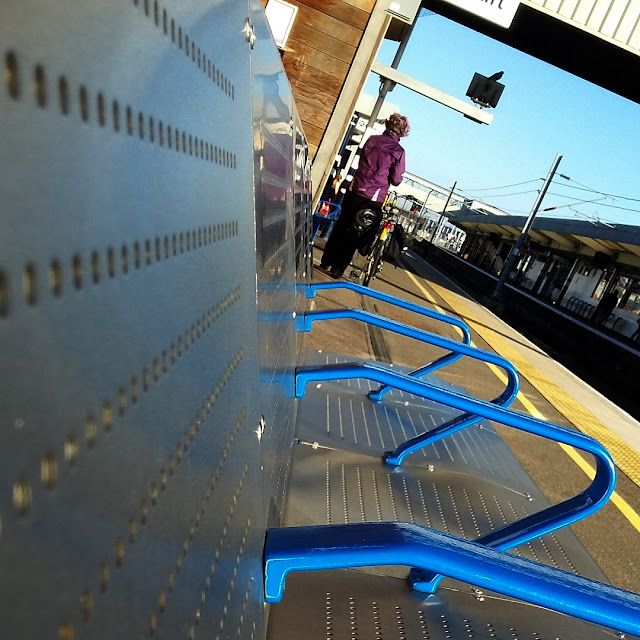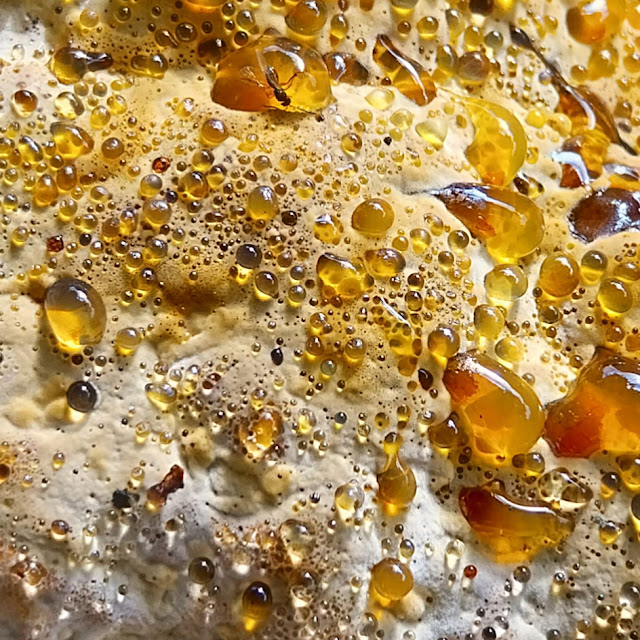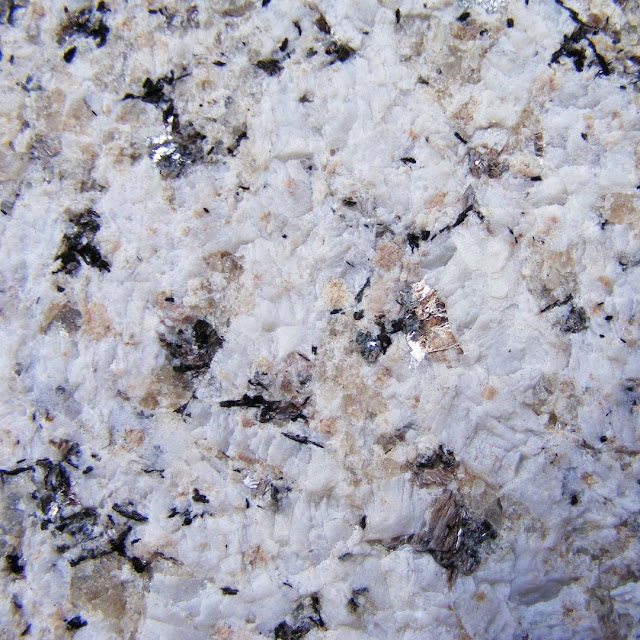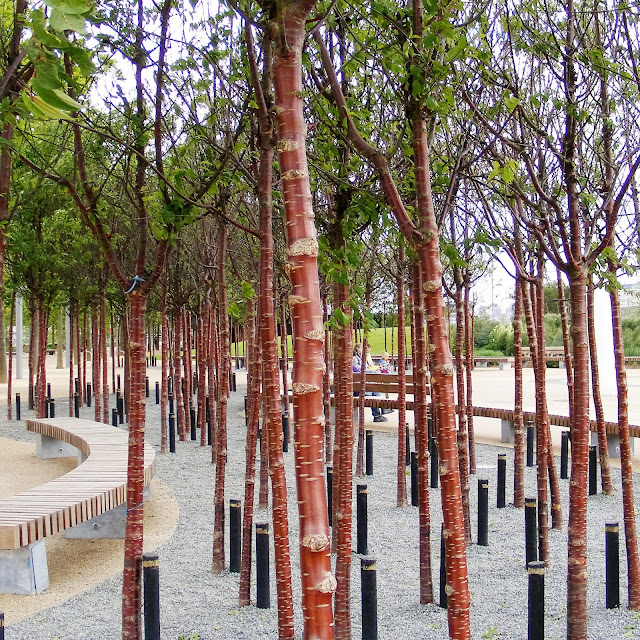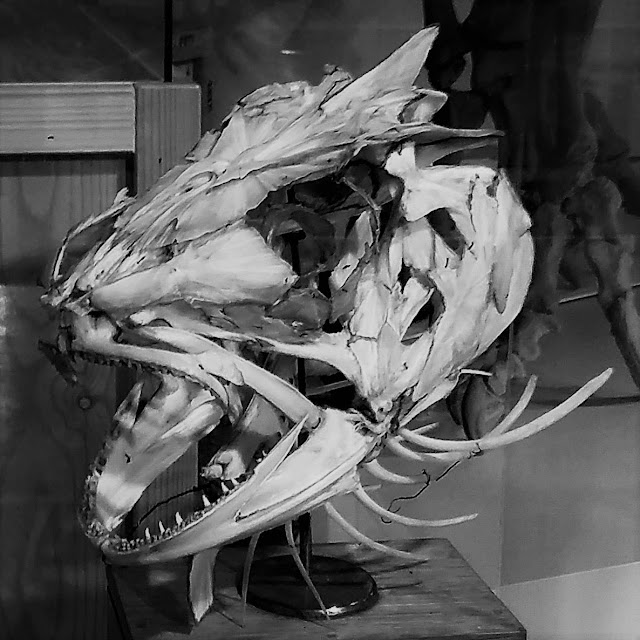I hadn't been through Manningtree, in Essex, for donkeys' years until the day I took this photo; seeing the Stour Estuary took me right back to my schooldays. I'm the first to say that this is not a great photograph, but:
Picture this. Me at twelve years old. Abba had not yet stormed the Eurovision Song Contest, and we'd not even joined the Common Market when I first set
foot on Manningtree station, and it was just a few short years later when I last did and I had entirely forgotten or had never previously
realised just how tiny it is! Mind you,
I hadn't seen that many stations to compare it to... I was travelling on my own to and
from boarding school - my parents sent me an RAF travel warrant (well, my father did - he was the one in the RAF) and a note that said they'd meet me on the platform at Venlo, on the German border in the Netherlands. That set the pattern for the next few years; a local train into Norwich then an onward train to Harwich,
I had to change at Manningtree a couple of times and I knew when I got there that I was that much
closer to boarding the Avalon (lovely old ship!) or the Queen Juliana (hmmm...)
for the overnight voyage to the Hook of Holland and the train to Venlo on the
German border across the much larger estuaries in the Netherlands. My suitcase was bigger than I was, and this was back in the day when suitcases didn't have
wheels, but you know what? I didn't
actually care, because I was going home!
OK, there was always a return journey, but for some reason I don't
remember changing at Manningtree on the way back; I might not have done, I may have gone up to Norwich before changing. Who knows? But I certainly looked out for this spot even
then.
In my later schooldays, the RAF did what they were good at and got us to and fro by air from Luton to Wildenrath, firstly by charter flights and then by a VC10 from Air Support Command. My memories of those journeys involve tube travel across London and Bloodhound missiles on the perimeter at Wildenrath. The last time I made the outbound trip, I stayed overnight at RAF Hendon, now the site of the RAF Museum.
This photo is no great work of art, but it''s pure nostalgia for me. There's also something in my soul that this sort of landscape appeals to, in the same way that I love charcoal or pencil sketches and lovely old black-and-white photographs. I love estuaries; I love saltmarsh, I love glasswort and sea purslane, I love the creeks, I love the bleakness on a winter's day. I also love rich, deep colours but they're for another day and another photograph.
I'll say one thing, though; I didn't go through Manningtree again until the late 2010s, when I took this photo, and it was only then that I realised how small the station actually is.
#100Photos #21





.jpg)






